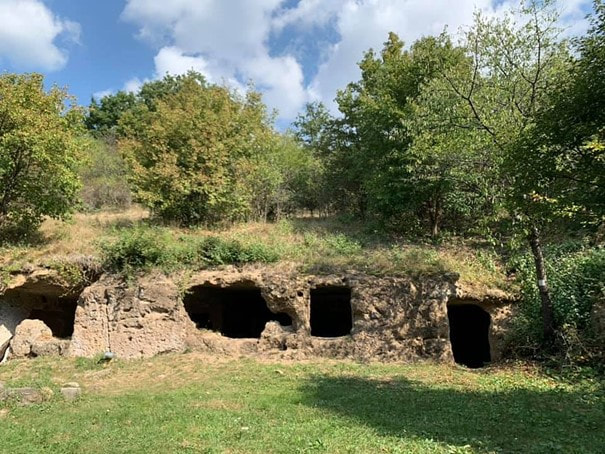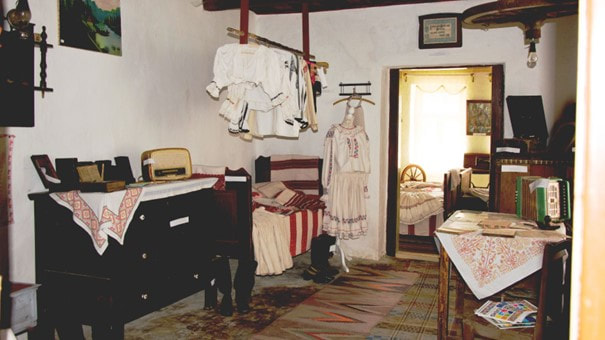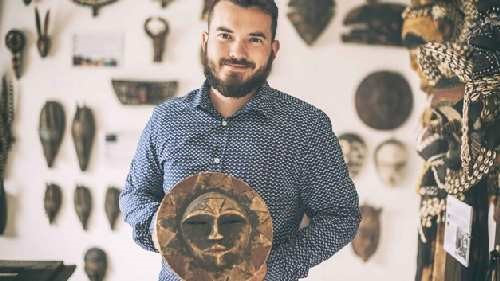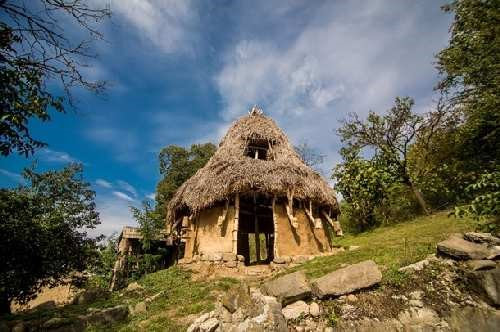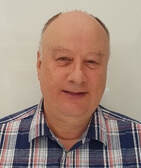|
IntroductionIn 2017 IIRP Europe(now defunct) and SynRJ were pleased and excited to be approached to join the RESTORE PROJECT, an Erasmus+ funded programme that aimed to “develop safer and more positive school climate through restorative practices”. There were six partner organisations from 6 countries; Ligand (Coordinator) (Belgium) International Institute for Restorative Practices (IIRP) Europe (UK – No longer operating) Le Souffle (Belgium) Mairie de Lille (France) CRESM – (Italy) ASOCIATIA DE DEZVOLTARE INTERCOMUNITARA ZONA METROPOLITANA – CLUJ (Romania) Eigen Kracht Centrale (Netherlands) The aim of this project was to create an implementation plan for Restorative Practice (RP) training that could be used by any organisation, anywhere in Europe. An idea that quickly proved to be both complex and difficult. The Partners in the RESTORE PROJECT brought with them very different levels of RP knowledge and experience. In order to achieve a level of consistency the group provided training for everyone following a structured model approach, using a combination of training materials developed by the IIRP Europe and SynRJ. For research purposes this ensured consistency of material and training, as the different Partners introduced the concepts in their own countries. The ‘RESTORE’ Partners produced a number of ‘tools’ aimed at helping organisations along their restorative journey, starting with the initial contact, through to aspects of ‘restorative leadership’. However, there are two aspects of the implementation process that we would like to focus upon, the first, born out of circumstances and necessity – ‘Student Workbooks’, and the second, ‘Professional Learning Groups’. These ‘tools’ enabled us to continually support the schools that we were working with. This article reflects our journey as one partner working in the UK to develop training that could be used inclusively in any country. The trainingThe courses and workshops that we delivered helped the organisations and individuals address negative behaviour, though our emphasis was on the concept of Restorative Practice (RP) as an opportunity to create an organisational climate which promotes positive relationships and is therefore proactive e.g. the use of Circles, reducing the chances of the negative behaviour occurring in the first place. Our structured model focusses on providing a practical range of skills that can be used by everybody (including pupils) throughout the day and can be applied to the frequent small but nagging issues to the less frequent serious incidents. Post Training: will the organisation ‘fly’ with RP or will it ‘sink without trace’? |
| John Boulton was the principal of a residential special school for EBSD (Emotional, Behavioural and Social Difficulties) pupils, in Oxfordshire, England. |
| Les Davey was a founder member of Thames Valley Police, Restorative Justice Consultancy, he was responsible for the development and roll out of their RJ training from 1996 until 2000 |
0 Comments

